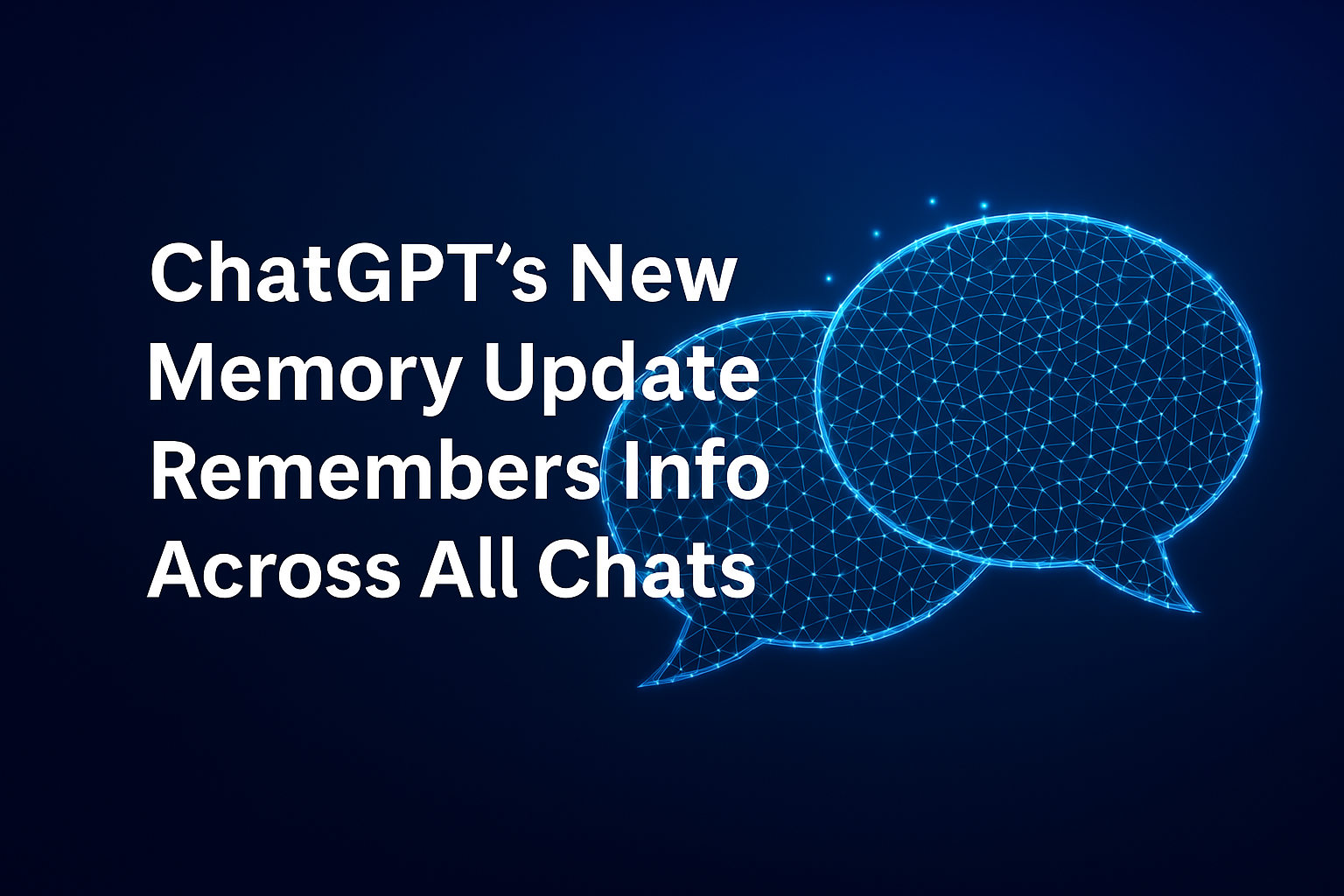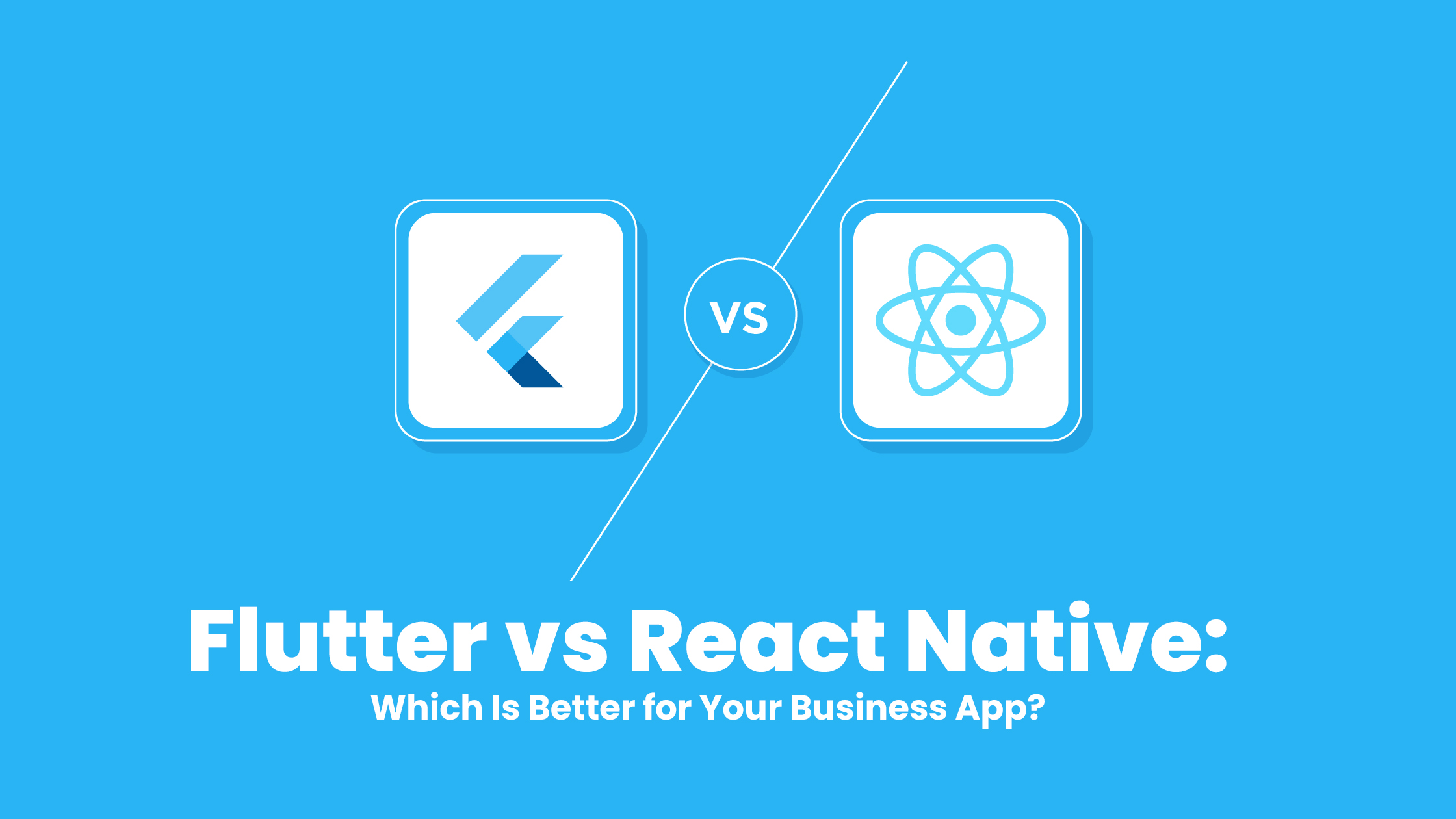
But hold onto your hats, because Google has rolled out a plot twist: Universal Analytics (UA) is riding off into the sunset, making way for the shiny new Google Analytics 4 (GA4). This isn’t just an upgrade; it’s a whole new analytics frontier, with GA4 promising to be the superhero of privacy, cross-platform sleuthing, and AI-driven insights.
The shift to GA4 is ensuring that digital marketing mavens stay ahead in the game with tools that are as cutting-edge as a lightsaber at a knife fight.
So, let’s dive into distinguishing GA4 vs UA.
📌Overview of Universal Analytics (UA)
✔History and Development
Universal Analytics (UA), introduced by Google in 2012, represented a significant evolution in web analytics technology. Developed to provide a more comprehensive understanding of user interactions, UA expanded the capabilities of its predecessor, Google Analytics, by introducing a more flexible data collection and integration framework. This evolution aimed at offering deeper insights into user behavior across platforms and devices.
✔Key Features
Audience Analysis:
Universal Analytics (UA) excelled in providing a deep dive into the demographics, interests, and behaviors of website visitors. This feature was instrumental for marketers aiming to understand their audience better, enabling the creation of more targeted and personalized marketing strategies. By analyzing data on age, gender, interests, and geographical location, businesses could tailor their content, ads, and product offerings to match the preferences of their target audience.
Acquisition Tracking:
UA’s acquisition tracking capabilities were pivotal for businesses in understanding how users found their websites. This feature detailed the performance of various marketing channels, including organic search, paid search, social media, email marketing, and direct traffic. By identifying which channels drove the most traffic and conversions, marketers could allocate their budgets more effectively, focusing on the strategies that delivered the best return on investment (ROI).
Behavior Metrics:
Offering a comprehensive look at how users interacted with a website, UA’s behavior metrics included detailed statistics on page views, time spent on the site, and specific interactions with content. This allowed webmasters to gauge the effectiveness of their site’s layout, content, and navigation, facilitating optimizations that could enhance user experience, increase page engagement, and reduce bounce rates.
Conversion Analytics:
With UA, businesses were equipped to set up and monitor specific goals that corresponded to valuable user actions, such as form submissions, product purchases, newsletter sign-ups, or video views. This feature enabled the measurement of conversions and the assessment of how well the site fulfilled targeted business objectives. Conversion analytics were fundamental for understanding the user journey from initial engagement to the final action, providing insights into how to optimize conversion paths and improve the overall effectiveness of digital marketing efforts.
✔Advantages of Universal Analytics
User-Friendly Interface:
Universal Analytics was known for its accessible dashboard, making it easy for users of all skill levels to navigate and interpret data. This approachability encouraged more businesses to dive deep into analytics, democratizing data analysis across industries.
Comprehensive Insights:
UA provided a wealth of information on user behavior, from the pages they visited to the time spent on the site. These insights allowed businesses to understand their audience better, tailor content, and structure their websites to improve user engagement and conversion rates.
Customizable Reports:
With Universal Analytics, users could create custom reports to track specific metrics relevant to their business goals. This flexibility meant that marketers could focus on the data that mattered most to them, enabling more targeted analysis and strategy development.
Integration Capabilities:
UA seamlessly integrated with other Google services, such as Google Ads and Search Console, providing a holistic view of online performance. This integration facilitated more cohesive digital marketing strategies, combining SEO, advertising, and analytics under one roof.
✔Limitations of Universal Analytics
Cookie Dependency:
One of the core limitations of UA was its reliance on cookies for tracking user behavior. With the advent of cookie-blocking technology in browsers and the rise of privacy-focused browsing habits, the accuracy of UA’s data collection was increasingly compromised, leading to gaps in analytics.
Privacy and Data Protection Concerns:
The evolving landscape of privacy laws, such as GDPR in Europe and CCPA in California, presented significant challenges for UA’s data collection practices. Compliance with these regulations required additional effort from businesses to ensure user data was collected and processed lawfully, adding complexity to analytics strategies.
Cross-Device Tracking Limitations:
While UA offered some capabilities for tracking users across devices, it struggled to provide a seamless, integrated view of the user journey in an increasingly multi-device world. This limitation made it difficult for businesses to fully understand and optimize the customer experience across all touchpoints.
Lack of Real-Time Data Processing:
Universal Analytics often experienced delays in data processing, which meant that real-time data analysis was not as robust or timely as some businesses required. For fast-paced marketing decisions or live event tracking, this delay could hinder the ability to react quickly to user behavior or site performance issues.
📌Introduction to Google Analytics 4 (GA4)
✔Development Background
Google Analytics 4 (GA4) was introduced as the next evolution in Google’s analytics offerings, addressing the changing digital landscape and the need for more sophisticated and privacy-compliant tracking mechanisms. Developed to replace Universal Analytics (UA), GA4 was designed with the future of analytics in mind, focusing on cross-platform tracking and user privacy.
✔Core Features and Improvements of Google Analytics 4 (GA4)
Google Analytics 4 (GA4) introduces a transformative approach to data analytics, marked by significant advancements in tracking, machine learning, and privacy management, setting a new standard for understanding user behavior and website performance.
Event-Based Tracking Model
Flexibility in Data Collection: GA4 introduces a paradigm shift with its event-based tracking model, moving away from the traditional session-based approach of Universal Analytics (UA). This change allows for a more nuanced and detailed understanding of user actions across both web and mobile app platforms, enabling businesses to capture a wide array of interactions, from page views to button clicks and beyond.
Custom Event Creation: Unlike UA, which had predefined categories of user interactions, GA4 allows for the creation of custom events. This flexibility empowers marketers and analysts to tailor the tracking system to their specific needs, capturing unique interactions that are most relevant to their business objectives.
Improved Machine Learning and AI Capabilities
Predictive Insights: GA4 significantly advances its predictive capabilities, leveraging machine learning algorithms to forecast future user behavior, such as potential conversions or churn risk. This enables marketers to proactively adjust strategies and target users more effectively.
Automated Anomaly Detection: The platform’s enhanced AI tools automatically identify and alert users to anomalies in data, such as unexpected spikes in traffic or drops in conversion rates. This feature helps businesses quickly respond to changes and optimize their online presence.
Cross-Platform Tracking Abilities
Unified User Journeys: One of GA4’s standout features is its ability to track users across devices and platforms seamlessly. This unified approach provides a holistic view of the customer journey, from initial engagement on a mobile app to conversion on a website, offering invaluable insights into multi-platform user behavior.
Enhanced User ID Tracking: GA4 improves upon UA’s capabilities by offering more sophisticated user ID and cross-platform tracking features. This allows for a more accurate and cohesive understanding of user interactions across different devices, enhancing the ability to deliver a consistent and personalized user experience.
Enhanced Privacy Controls
Global Data Protection Compliance: With an emphasis on privacy, GA4 introduces several features to help businesses comply with international data protection regulations like GDPR and CCPA. These include more granular data collection and consent management options, allowing users to opt in or out of data tracking with greater ease.
Data Anonymization and Retention: GA4 has strengthened its data anonymization processes, making it easier for businesses to protect user privacy. Additionally, customizable data retention settings give businesses control over how long data is stored, ensuring compliance with privacy policies and regulations.
✔Key Differences from Universal Analytics (UA)
Data Model
The transition to an event-based data model marks a fundamental difference from UA’s session-based approach, offering a more detailed and versatile framework for understanding user interactions. This granular view allows for a deeper analysis of user behavior and engagement patterns.
AI and Machine Learning Enhancements
GA4’s significant improvements in AI and machine learning not only provide advanced predictive insights but also automate complex data analysis processes. This represents a considerable leap forward from UA, enabling more sophisticated marketing strategies and data-driven decision-making.
Cross-Platform Tracking and User Privacy
GA4’s superior cross-platform tracking capabilities and privacy features address some of the main limitations of UA. By offering a more integrated user tracking system and robust privacy controls, GA4 sets a new standard for web analytics platforms.
Integration and Reporting Flexibility
With GA4, users benefit from more dynamic and customizable reporting options. The platform’s improved integration capabilities facilitate a more seamless connection with other tools and platforms, enhancing the overall analytics ecosystem for businesses.
📌Detailed Comparison: GA4 vs UA
In the evolving landscape of digital analytics, Google Analytics 4 (GA4) and Universal Analytics (UA) stand out as pivotal tools for understanding website and app performance. This detailed comparison dives into their differences, from data models to ease of use and the benefits of migrating to GA4.
✔Data Model: UA’s Session-Based vs. GA4’s Event-Based Model
1. Universal Analytics operates on a session-based data model, which groups user interactions within a given time frame. This model is adept at providing a general overview of site engagement and pageviews but falls short in the granularity of user actions.
2. Google Analytics 4 adopts an event-based model, a shift that allows for more detailed tracking of user interactions. Every interaction is considered an event, offering a nuanced understanding of user behavior. This model facilitates a more flexible and comprehensive analysis of the data, making it easier to measure specific actions and events on a site or app.
✔Privacy and Data Collection
The advent of GDPR, CCPA, and other privacy regulations has put a spotlight on data collection practices. UA has made strides to comply with these regulations, offering data anonymization and retention controls. However, it’s inherently more challenging for session-based tracking to fully align with privacy-first approaches due to its broader data collection scope.
GA4, designed with privacy at its core, offers enhanced privacy features and more control over data collection. It supports consent mode, which adjusts data collection based on user consent, and focuses on minimizing personally identifiable information, aligning more closely with current and future privacy requirements.
✔Reporting and Interface
UA’s interface and reporting capabilities are well-familiar to many users, offering a wide range of standard reports and the ability to customize data views. Its session-based model, however, can limit the depth of insights into user behavior.
GA4 introduces a more intuitive and flexible reporting interface, emphasizing customization and exploration. The shift to an event-based model enables more detailed reports and insights, though it may require users to adjust to a new way of interacting with their data.
✔Integration and Compatibility
Both UA and GA4 integrate seamlessly with other Google products, such as Google Ads, but GA4 offers improved integration capabilities. GA4’s cross-platform tracking abilities provide a unified view of the customer journey across devices and platforms, enhancing the accuracy and usefulness of data for campaign optimization.
Ease of Use
For those accustomed to UA, transitioning to GA4 can present a learning curve. The new event-based model and interface require a period of adjustment. However, Google has provided extensive resources and tools to facilitate this transition, recognizing the importance of making GA4 accessible to all users.
📌Benefits of Migrating to GA4
✔Future-Proofing Analytics
Migrating to GA4 is not just a recommendation; it’s a necessity for staying ahead in the analytics game. Google’s continued investment in GA4 ensures users have access to the latest features and compliance measures.
✔Enhanced Tracking Capabilities
The event-based data model of GA4 offers deeper insights into user behavior, allowing businesses to track interactions that were previously difficult or impossible to measure. This level of detail supports more informed decision-making and strategy development.
✔Better Cross-Platform Insights
GA4 excels in providing a comprehensive view of the user journey across websites and apps. This holistic perspective is invaluable for understanding the full impact of marketing efforts and optimizing the user experience across all touchpoints.
✔Considerations and Challenges in Transitioning
Transitioning from Universal Analytics (UA) to Google Analytics 4 (GA4) involves several considerations and challenges that organizations need to navigate carefully to ensure a smooth shift.
✔Learning Curve
Adapting to GA4’s new system presents a significant learning curve. Its event-based model and interface differ markedly from UA’s session-based analytics, requiring users to familiarize themselves with new terminologies, metrics, and functionalities.
✔Data Migration and Historical Data
One of the main concerns with moving to GA4 is data continuity. Since GA4 operates on a fundamentally different data model, direct migration of historical data from UA is not possible. Organizations must strategize on preserving historical insights while transitioning to the new platform.
✔Implementation and Setup
The initial setup of GA4 can be daunting. It requires a comprehensive understanding of the new features and how to configure them effectively to match organizational needs, potentially involving significant technical adjustments.
📌Preparing for the Transition
✔Setting up GA4 alongside UA
To mitigate data continuity issues, it’s advisable to run GA4 in parallel with UA. This approach allows organizations to start accumulating data in GA4, ensuring no gap in insights as they gradually phase out UA.
✔Learning Resources
Leveraging available learning resources is crucial for a successful transition. Google offers tutorials, documentation, and training courses designed to help users understand and utilize GA4’s features effectively.
✔Timeline for Transition
With UA’s sunset announced, it’s important not to delay the transition to GA4. Starting early provides ample time to adjust to the new platform, set up necessary tracking, and begin accumulating valuable data in GA4, ensuring a seamless continuity of analytics insights.
📌Conclusion
After comparing GA4 vs UA, the conclusion is that the transition to Google Analytics 4 (GA4) is not just a recommendation. It’s an imperative step for businesses aiming to remain competitive in a data-driven digital landscape. The sooner organizations embrace GA4, the better positioned they will be to harness its advanced tracking capabilities, leverage machine learning insights, and comply with evolving privacy regulations.
By starting the migration process now, businesses can ensure a seamless transition without risking data continuity or facing the challenges of adapting to a new system under time pressure. It’s time to familiarize yourself with GA4’s innovative features and begin the migration journey, securing a future-proof analytics strategy that empowers your business to thrive in the digital age.
Category
Featured Posts





More reasons to trust us!
Excellis IT is building a skilled team in IT support, customer support, digital marketing, and back-office services for modern companies.

Excellis it is an esteemed ISO/IEC 27001:2022 certified company

We achieved the prestigious certification by MSME in 2019

We are certified by the Central Vigilance Commission

We are an honoured members of NASSCOM since 2022

